There are two alternatives to rejuvenate a midface:
Alternative 1
Return volume to the fat pockets by injecting facial fillers, or using fat from other areas of the body.
A young face has multiple fat pockets underneath the skin that provide volume. This volume is responsible for the “cherubic” look that is so characteristic of infancy. Volume loss is arguably the main culprit in the aging process of our face, and the cheek is its primary target. As we age, our midface starts to sag downwards and inward, creating furrows and lumps in the lower third of the face.
These are commonly known as marionette lines, jowls, and cheek folds (see image). What happens is that fat pockets lose volume, and the ligaments that hold them in place also become lax (think of a balloon losing air and collapsing under its weight). As a result, the upper face adopts a thin appearance, while the lower face becomes unattractively full. This explains why the cheek area has become the focus of facial plastic surgeons in recent years.
Return volume to the fat pockets by injecting facial fillers, or using fat from other areas of the body.
A cheek lift is an outpatient procedure that involves raising the midface through an upper (scalp) access point, or through a lower incision made below the eyelashes. The technique will depend on your motivation to address this anatomical area and the need to rejuvenate other areas of the face. It is important to note that the result will be observed two to three months after your surgery when tissues have had time to heal.
Before
After
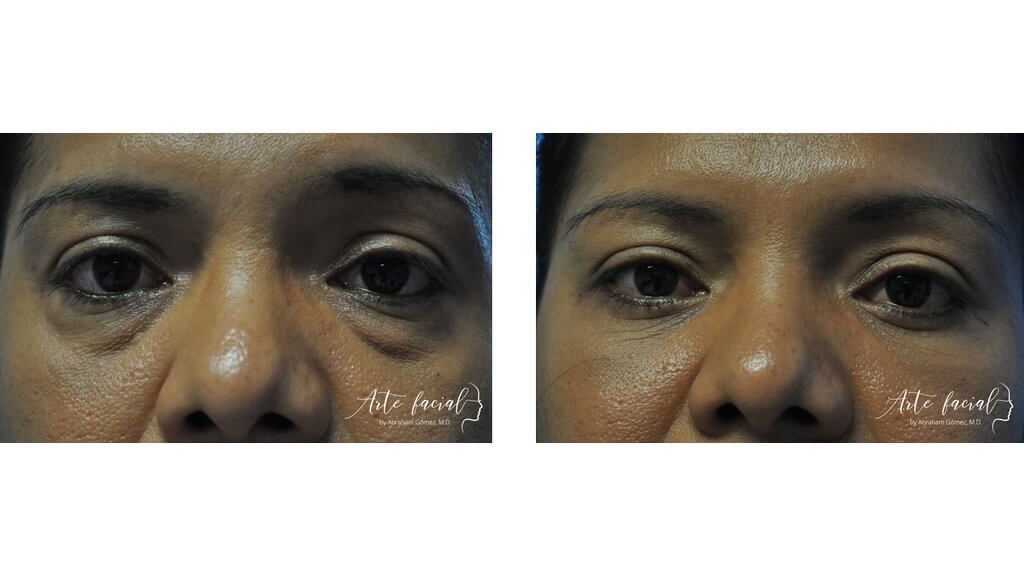
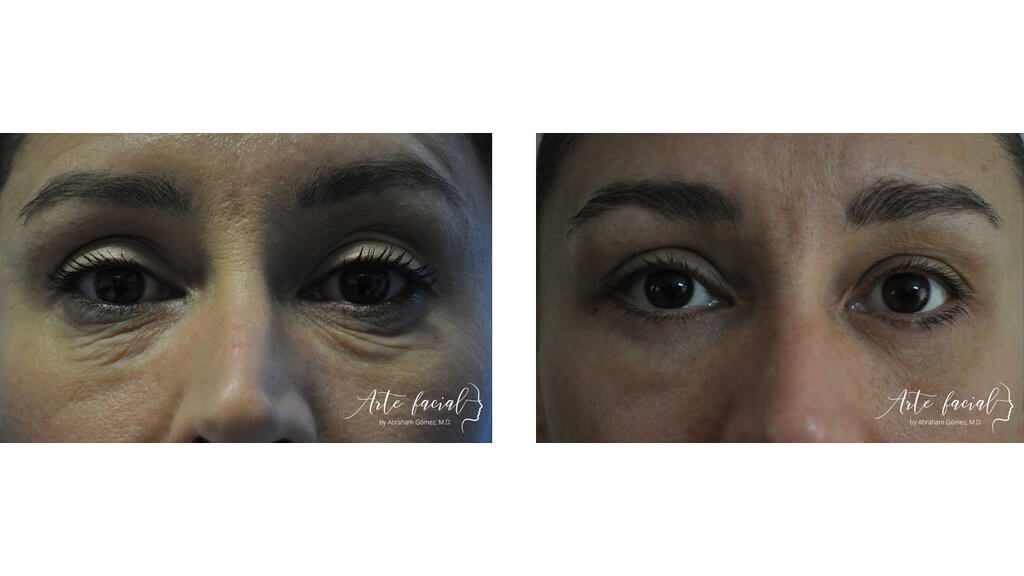
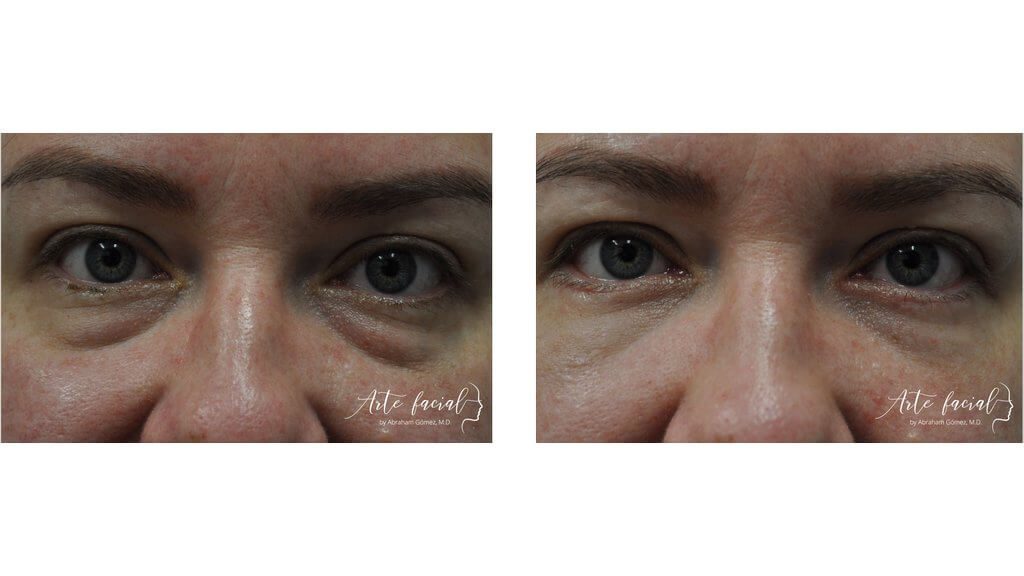
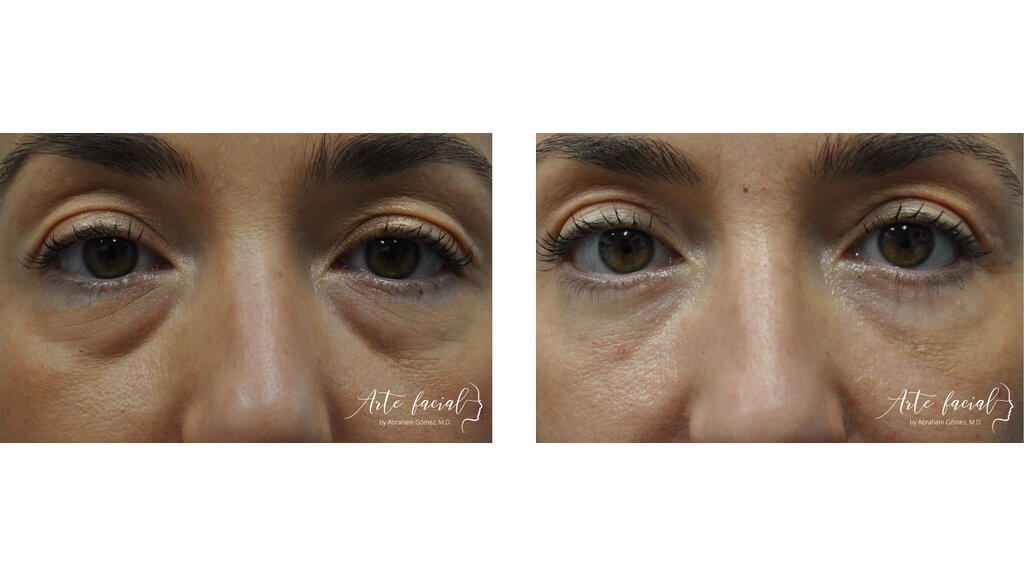
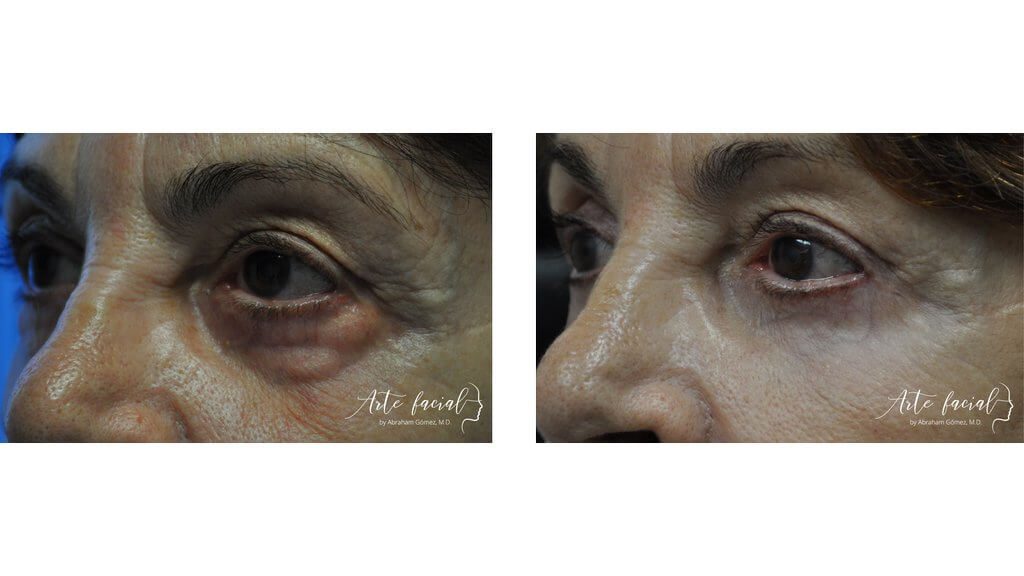





+506 7032-5570
Abraham Gómez, MD
Hospital Clínica Bíblica, Omega Building, 2nd floor
Loras Medical, Torre Las Loras, main floor
ARTE FACIAL
ARTE FACIAL